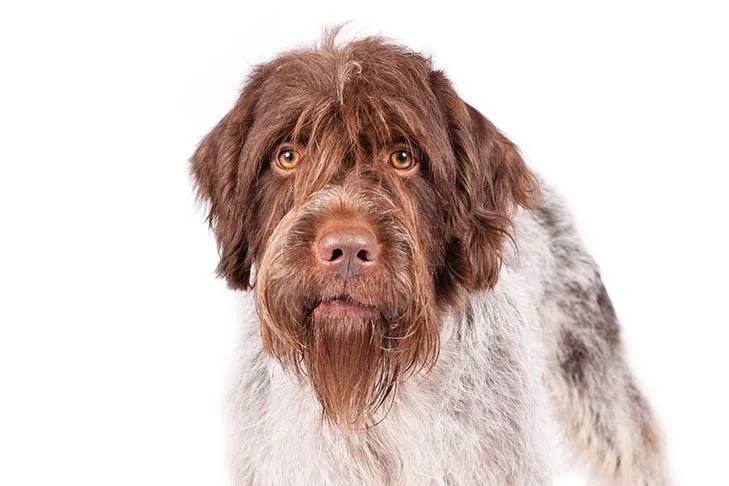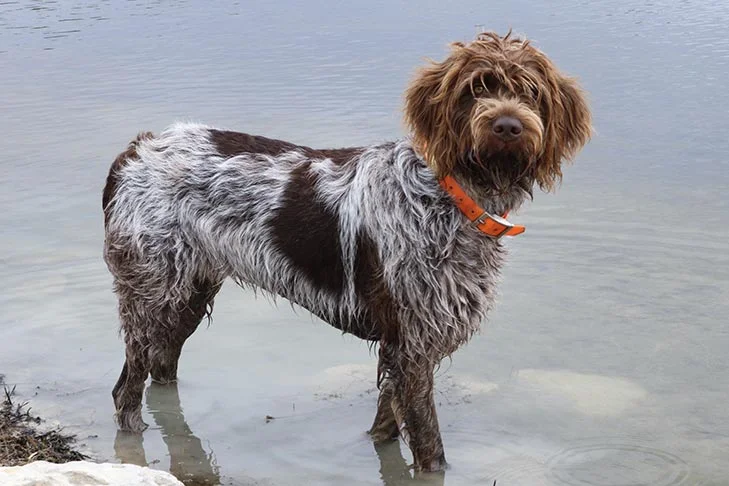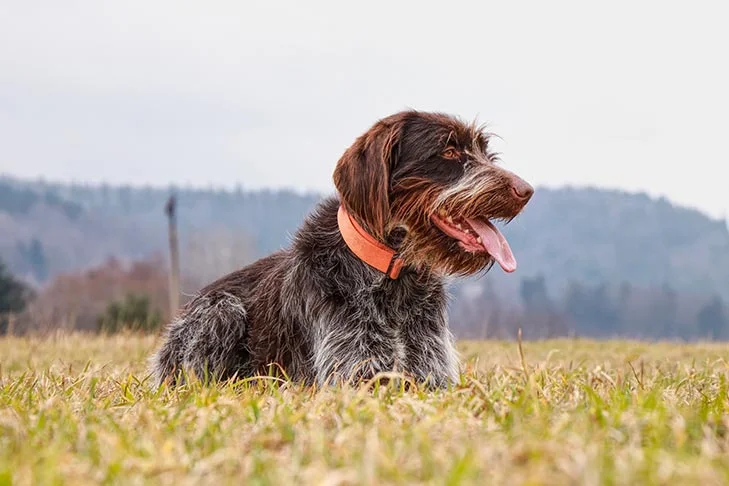The hard-working Wirehaired Pointing Griffon, described as the “supreme gundog,” is distinguished by its coarse, low-shedding coat. Griffs are unbeatable on the field and devoted at home because they are outgoing, enthusiastic, and quick-witted. All-purpose, medium-sized griffs have a shoulder height of no more than 24 inches. They have a reputation for having a very rough, bristly coat that gives them a raw, untidy appearance. With brown markings, steel gray is the preferred color. Large, rounded eyes that sparkle with a keen intelligence are framed by a lush mustache and brows. Griffons are the epitome of an upright, hard-working sports dog, and their attractive appearance is not the consequence of fussy grooming but rather of a noble and unaffected toughness.







 Health
Health Grooming
Grooming Exercise
Exercise Training
Training Nutrition
Nutrition